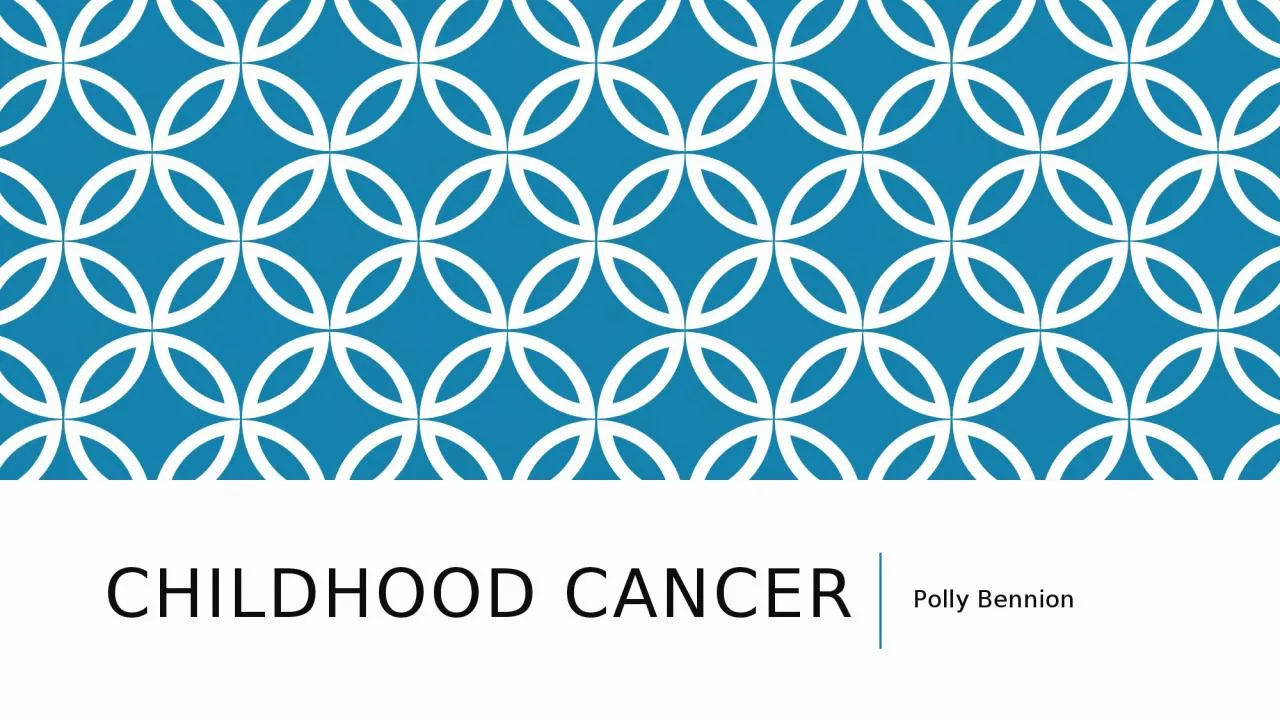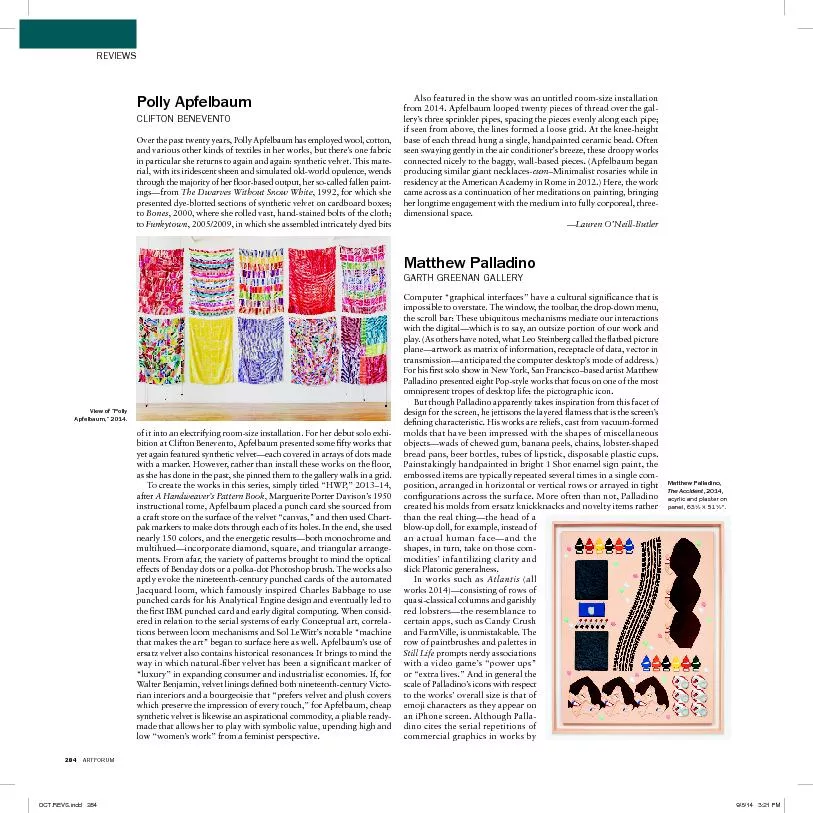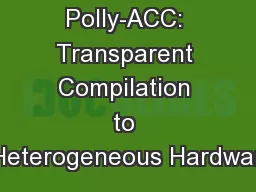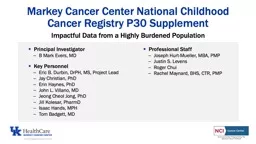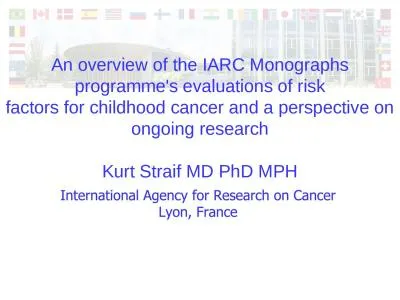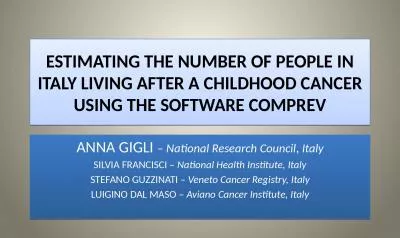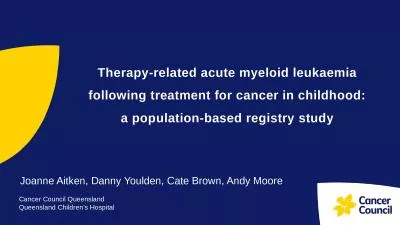PPT-Childhood Cancer Polly Bennion
Author : sylvia | Published Date : 2024-01-03
objectives To understand the incidence of childhood cancers and the chances of seeing it in GP To increase confidence in diagnosis particularly RED FLAGS Briefly
Presentation Embed Code
Download Presentation
Download Presentation The PPT/PDF document "Childhood Cancer Polly Bennion" is the property of its rightful owner. Permission is granted to download and print the materials on this website for personal, non-commercial use only, and to display it on your personal computer provided you do not modify the materials and that you retain all copyright notices contained in the materials. By downloading content from our website, you accept the terms of this agreement.
Childhood Cancer Polly Bennion: Transcript
Download Rules Of Document
"Childhood Cancer Polly Bennion"The content belongs to its owner. You may download and print it for personal use, without modification, and keep all copyright notices. By downloading, you agree to these terms.
Related Documents

